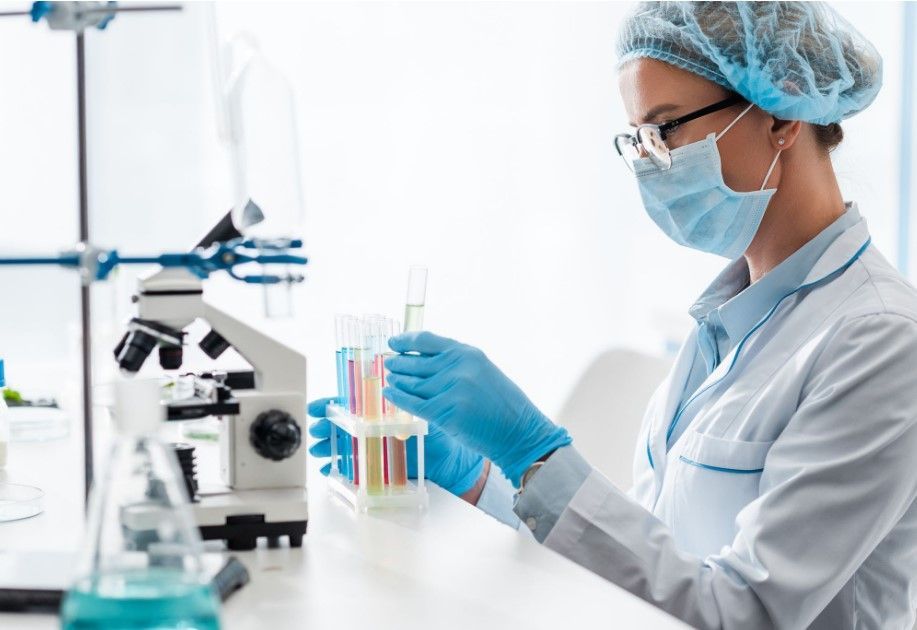The Economics of Drug Discovery: Why Faster Preclinical Testing Saves Millions
The High Cost of Drug Development

Bringing a new drug to market is an expensive and time-consuming process. On average, it takes 10-15 years and costs upwards of $2.6 billion to develop a single FDA-approved therapy. A significant portion of this expense comes from preclinical testing, where pharmaceutical companies determine whether a new compound is safe and effective enough to enter human trials. Every delay at this stage compounds costs, resulting in lost revenue opportunities and extended market entry timelines.
Where Preclinical Delays Hurt the Most
Traditional preclinical models, particularly animal testing, have inherent inefficiencies that contribute to delays and high failure rates. Key issues include:
- Poor Predictive Accuracy: Animal models often fail to replicate human biological responses, leading to wasted investment in non-viable drug candidates.
- Regulatory Hurdles: Navigating preclinical regulatory requirements can be slow and costly, especially if additional studies are required.
- Operational Inefficiencies: Standardized preclinical testing processes involve extensive lab work, resource allocation, and personnel time, all of which drive up costs.
The Business Case for Faster Preclinical Testing
To mitigate these financial risks, biotech companies are turning to more predictive, scalable, and cost-effective solutions like organ-on-a-chip models and advanced in vitro systems. These innovative technologies offer:
- Faster Data Collection: Microphysiological systems (MPS) provide real-time insights into drug interactions, cutting months off testing timelines.
- Reduced Failure Rates: By more accurately mimicking human joint tissues, platforms reduce the likelihood of investing in non-viable candidates.
- Lower Cost per Test: Unlike expensive animal studies, in vitro models allow for scalable and repeatable testing at a fraction of the price.
Financial Impact: How Efficiency Translates to Market Advantage
Pharmaceutical companies operate in a competitive landscape where time-to-market can determine a drug’s commercial success. Every day of delay in drug development costs an estimated $500,000 in lost revenue and $40,000 in direct clinical trial costs. By adopting faster, more reliable preclinical methods, companies can:
- Bring therapies to market faster, leading to earlier revenue generation.
- Reduce R&D expenses, making investment dollars more efficient.
- Improve investor confidence, leading to stronger funding opportunities and market positioning.
The shift toward efficient, human-relevant preclinical testing isn’t just a scientific breakthrough—it’s a financial imperative. Companies that leverage advanced models stand to gain a significant competitive advantage in the race to bring innovative joint disease therapies to patients.
Biotech News




